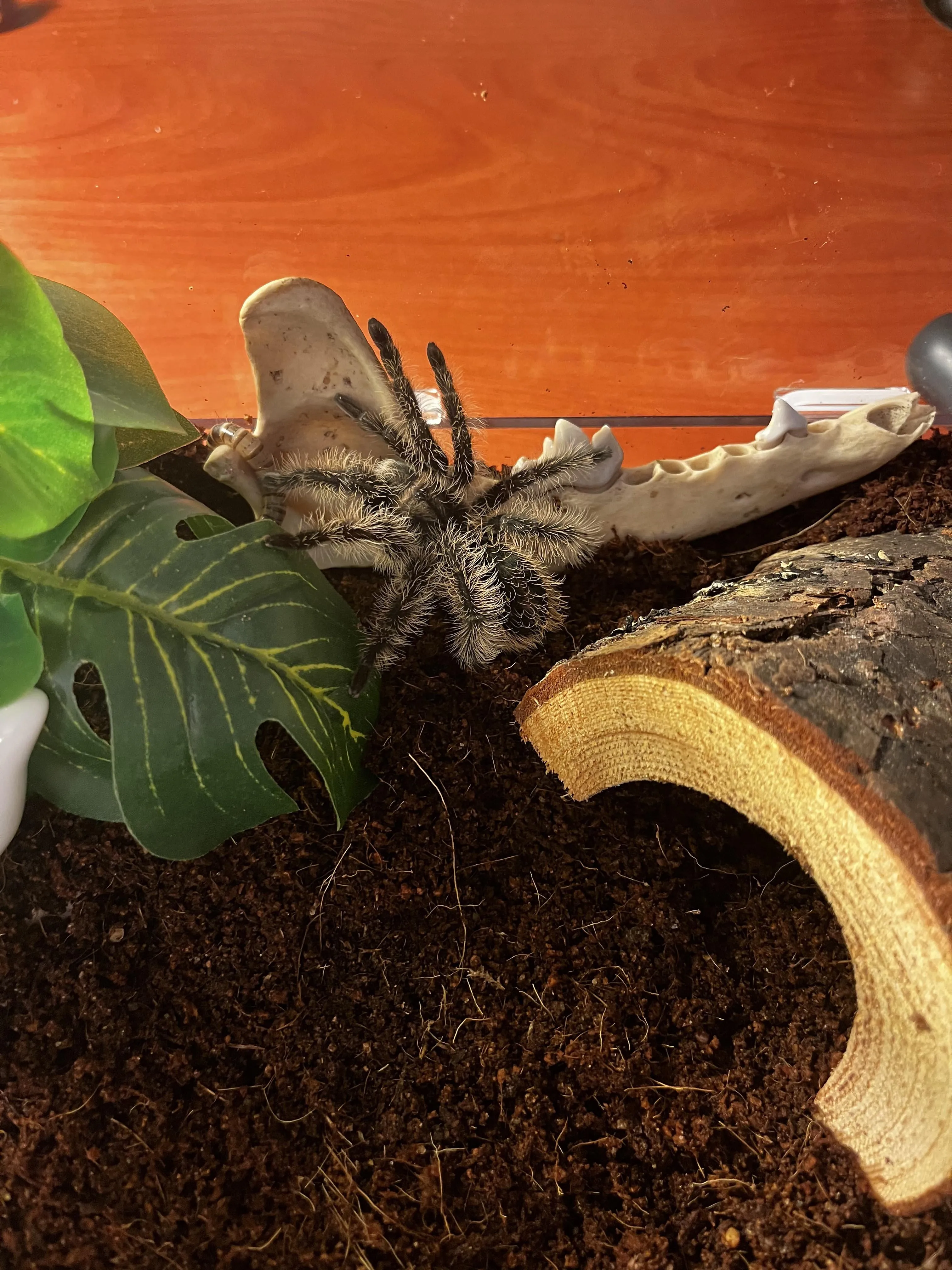Best Old World Tarantulas (Top 5)
Embarking on the journey of tarantula ownership can be incredibly rewarding, especially for those fascinated by these intriguing arachnids. However, the world of tarantulas is vast and varied, with different species possessing unique characteristics, temperaments, and care requirements. Old World tarantulas, in particular, captivate with their vibrant colors, impressive size, and captivating behaviors. This guide delves into the top 5 Old World tarantulas, providing insights to help you choose the best fit for your experience level and preferences. Before we explore these amazing creatures, let’s understand what defines an Old World tarantula and what makes them so fascinating. This is where you will find information about how to pick the best first old world tarantula.
What are Old World Tarantulas?
Old World tarantulas are tarantulas that originate from the continents of Africa, Asia, and Europe. These spiders often display a wider range of colors and patterns than their New World counterparts. They are known for their potent venom and can be more defensive and quick to bite. Old World tarantulas often have urticating hairs, which they use as a defense mechanism, but this is the exception rather than the rule with this group. In the context of selecting your first Old World tarantula, it’s essential to understand that their care and handling may require more experience and caution compared to certain New World species. These spiders are generally faster, more skittish and may exhibit a more assertive temperament. This makes them a more challenging, but often more rewarding, pet to keep for those with some experience.
Origin and Habitat of Old World Tarantulas
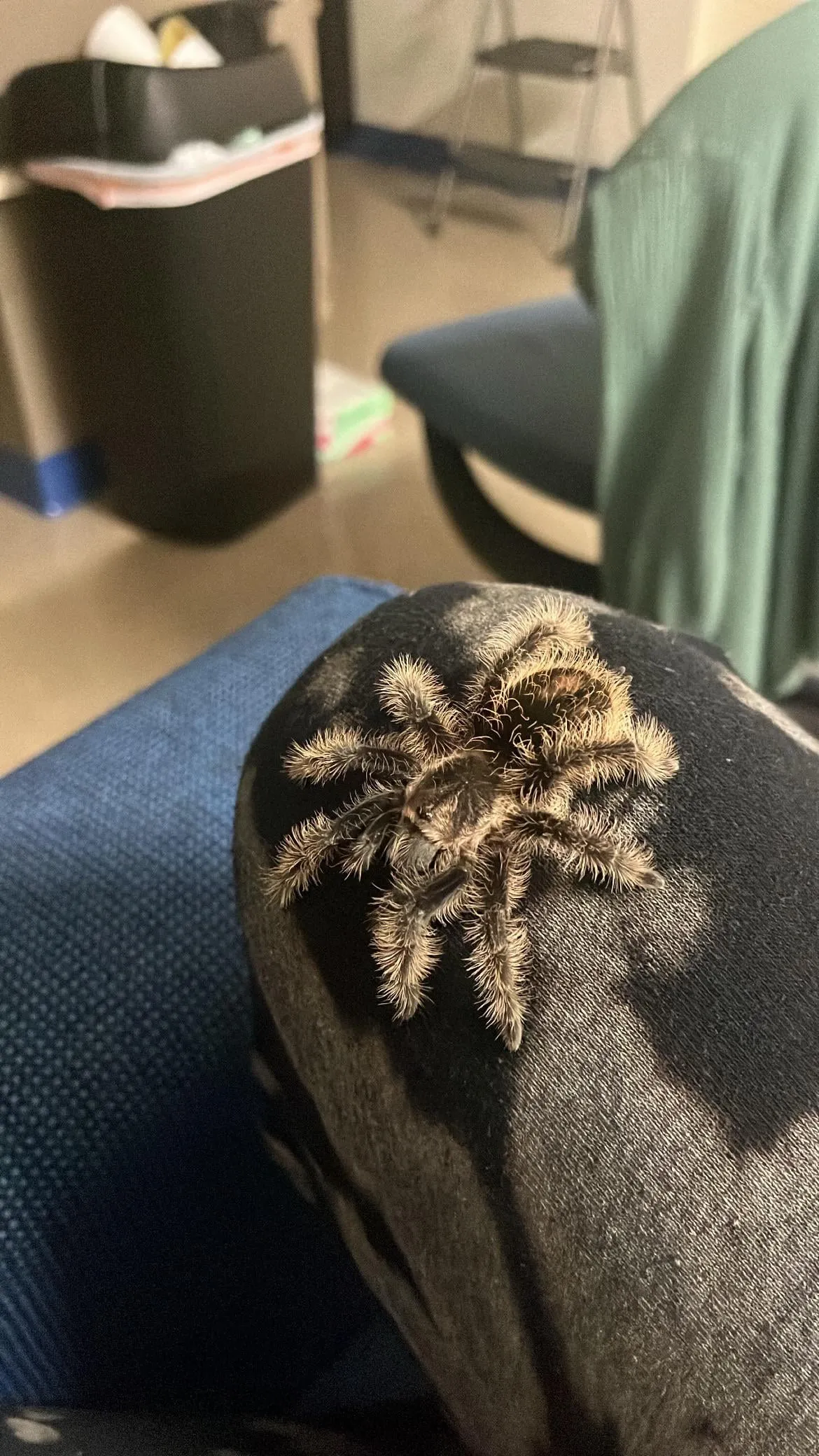
Understanding the origin and natural habitats of Old World tarantulas is crucial for providing them with the appropriate care in captivity. These tarantulas are found in diverse environments, from the rainforests of Southeast Asia to the savannas of Africa and the Mediterranean regions. Their habitats play a significant role in their behaviors and care needs. For instance, species from humid rainforests require higher humidity levels in their enclosures, while those from drier regions may thrive in lower humidity settings. Mimicking their natural environment ensures they live healthy and active lives, displaying their unique traits and behaviors to their fullest potential. Therefore, when deciding on the best first Old World tarantula, consider the species’ natural habitat to accurately replicate its needs.
Key Characteristics to Identify Old World Tarantulas
Identifying the key characteristics of Old World tarantulas is a fundamental step in selecting the right species. Unlike New World tarantulas, Old World species typically lack urticating hairs, relying on their potent venom and speed for defense. They often exhibit striking colors and patterns, making them visually captivating pets. When evaluating a tarantula, pay attention to its size, leg span, and overall build. Observe its temperament; some species are more docile, while others are known for their defensive nature. Thorough research into a species’ specific traits is vital to ensure you can provide the best possible care and handle it safely. These factors are essential when choosing the best first old world tarantula for your experience level.
Top 5 Best Old World Tarantulas
Here’s a look at some of the best Old World tarantulas to consider as pets. These species offer unique characteristics and varying levels of challenge, making them suitable for different levels of experience. Remember to research each species thoroughly before acquiring one, ensuring you’re prepared to meet its specific needs.
1. Poecilotheria metallica (Gooty Sapphire Ornamental)
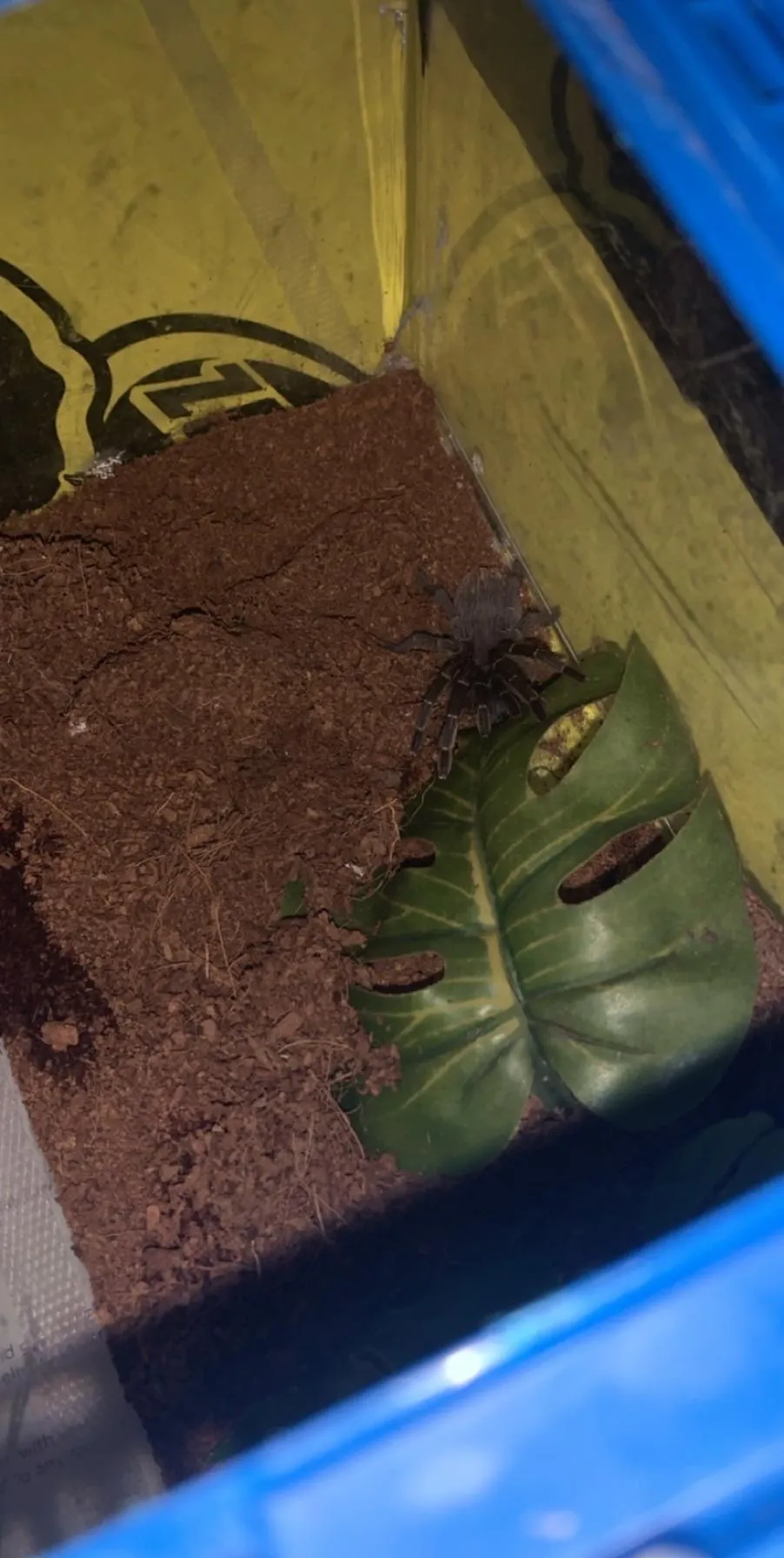
The Gooty Sapphire Ornamental, with its stunning blue and yellow coloration, is a true gem. These arboreal tarantulas are known for their striking appearance and the intricate patterns on their legs and carapace. They are a sight to behold in any collection, but they can also be very fast and defensive, therefore, should be approached with caution.
Appearance and Characteristics
The Gooty Sapphire Ornamental stands out with its vivid coloration, which includes shades of blue, yellow, and black. Its leg span can reach up to 8 inches, making it a sizable tarantula. The intricate patterns on its legs and carapace add to its visual appeal. These tarantulas are arboreal, meaning they live in trees, and they are known for their speed and agility. This species has a more aggressive temperament than some other species on this list, and for this reason, is not recommended for first-time keepers of old-world tarantulas.
Care Requirements and Enclosure
Provide an arboreal setup with a tall enclosure, ample ventilation, and secure lid. Maintain a temperature between 75-85°F and humidity around 70-80%. Offer a hide, climbing branches, and substrate such as a mixture of coco fiber and peat moss. Feed them a diet of appropriately sized insects such as crickets and roaches. Always handle them with caution and respect due to their potential for a defensive bite.
2. Heteroscodra maculata (Togo Starburst)
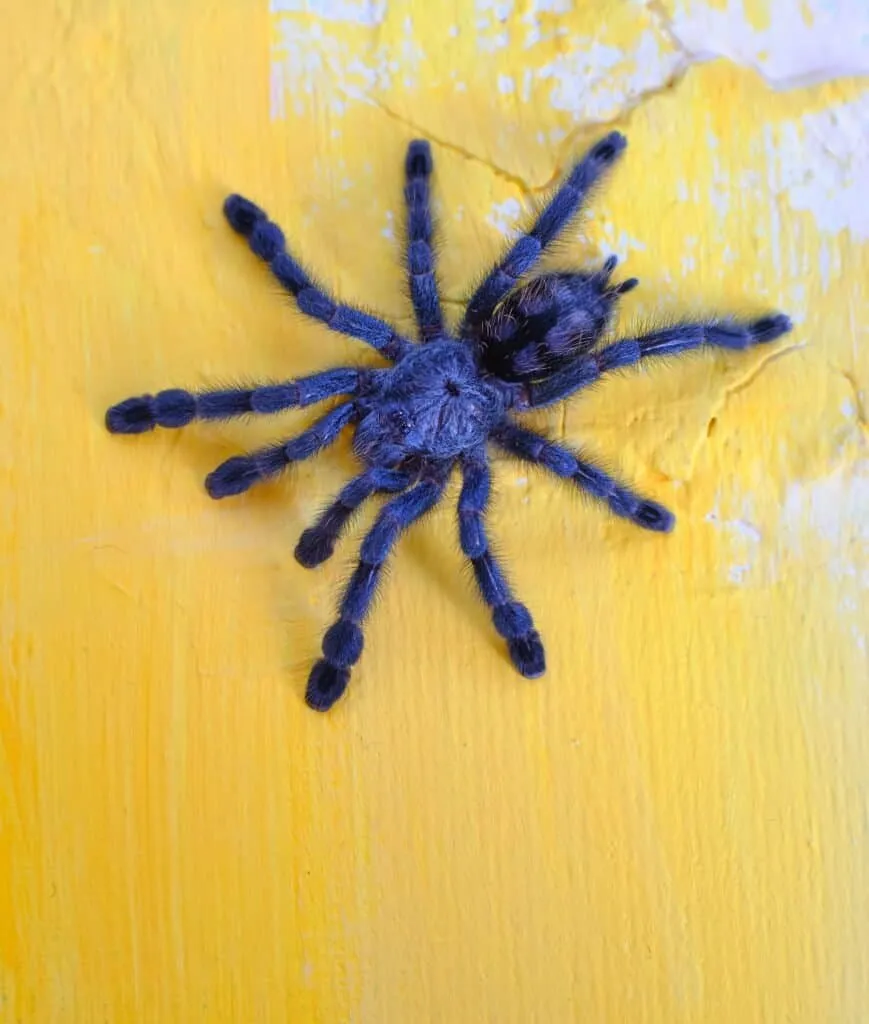
The Togo Starburst, also known as the Heteroscodra maculata, is a stunning spider with a striking appearance, boasting a vibrant white and black pattern on its legs and carapace. These tarantulas are known for their speed, but can be a good choice if you have some experience handling fast species. Their unique appearance and interesting behaviors make them a captivating addition to any collection, especially for those who appreciate a bit of an edge.
Appearance and Characteristics
The Togo Starburst, the Heteroscodra maculata, is known for its distinctive white and black coloration that creates a starburst effect. They typically have a leg span of around 5-6 inches. They are semi-arboreal, meaning they may spend time on the ground or in the trees, with an inclination for constructing webs. This species can be skittish and fast-moving.
Care Requirements and Enclosure
Create a semi-arboreal setup with a moderately sized enclosure that allows for climbing and webbing. Maintain a temperature range of 75-85°F and humidity levels around 65-75%. Offer a hide, branches, and a substrate that retains moisture, such as coco fiber or peat moss. Provide appropriately sized insects for feeding. Exercise caution when handling, as they can be quick and defensive.
3. Pterinochilus murinus (Orange Baboon Tarantula)
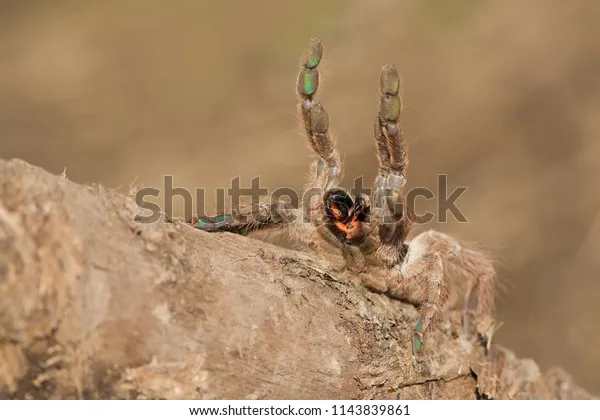
The Orange Baboon Tarantula, or Pterinochilus murinus, is a vibrant and hardy species. They are known for their striking orange coloration and the speed at which they can move. These spiders can be aggressive and are best suited for experienced keepers. This is not the best first old world tarantula species to keep due to their temperament.
Appearance and Characteristics
The Orange Baboon Tarantula boasts a vivid orange coloration. They typically have a leg span of around 4-5 inches. They are terrestrial and often create elaborate burrows and webs. Known for their speed and potential for aggression, these spiders require careful handling.
Care Requirements and Enclosure
Provide a terrestrial setup with a well-ventilated enclosure. Maintain a temperature between 75-85°F and humidity around 60-70%. Offer a deep substrate layer for burrowing, along with a hide and water dish. Provide appropriately sized insects for feeding. Handle with extreme caution, as they can be quick to bite.
4. Stromatopelma calceatum (Feather Leg)
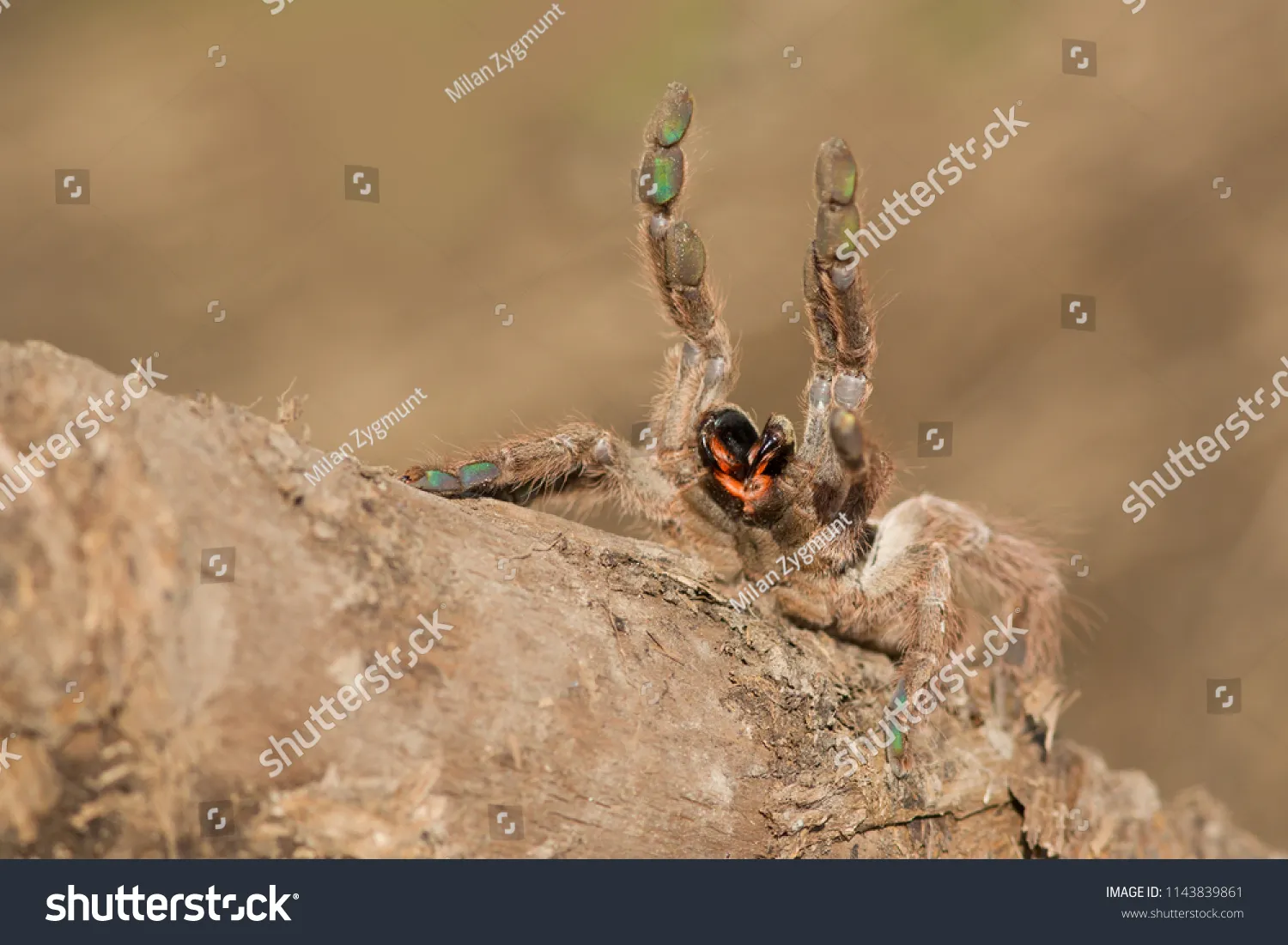
The Feather Leg tarantula, also known as Stromatopelma calceatum, is a beautiful species with unique characteristics, including the feathery appearance of its legs. These spiders have a reputation for being fast and defensive. They are an intriguing choice for experienced keepers who can provide the right environment and handling practices.
Appearance and Characteristics
The Feather Leg tarantula is known for its unique appearance, with feathery tufts on its legs. Their leg span can reach up to 6-7 inches. They are arboreal and construct elaborate webs. Their temperament can be defensive, requiring careful handling.
Care Requirements and Enclosure
Create an arboreal setup with a tall enclosure and plenty of ventilation. Maintain a temperature between 75-85°F and high humidity levels (75-85%). Offer a hide, branches, and a substrate that holds moisture. Feed them appropriately sized insects. Handle with extreme caution due to their defensive nature and speed.
5. Cyriopagopus albostriatus (Thai Zebra Tarantula)
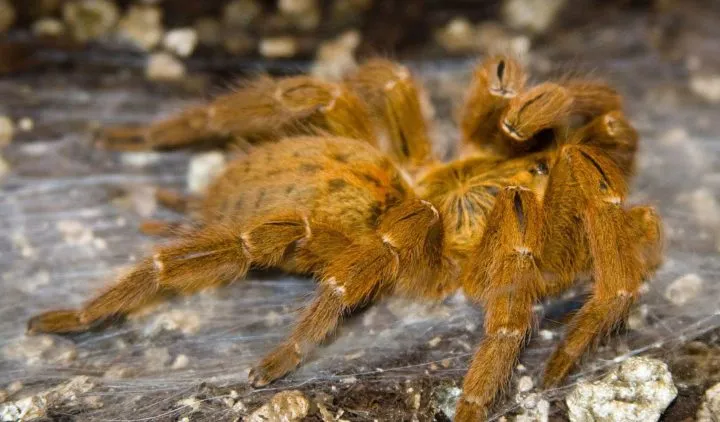
The Thai Zebra Tarantula, Cyriopagopus albostriatus, is a striking species with a distinct appearance. They have a black and white striped pattern on their legs, which resembles a zebra. They are terrestrial and known for their relatively calm demeanor compared to some other Old World species. This can be an excellent choice for those with some experience with tarantulas, and who want a visually striking species.
Appearance and Characteristics
The Thai Zebra Tarantula is easily recognizable by its black and white striped legs. Their leg span typically reaches around 6-7 inches. They are terrestrial and often burrow. Their temperament can be more docile compared to some Old World species, making them slightly easier to handle.
Care Requirements and Enclosure
Provide a terrestrial setup with a deep substrate layer for burrowing. Maintain a temperature between 75-85°F and humidity around 60-70%. Offer a hide and water dish. Feed them appropriately sized insects. Handle with care, always being mindful of their potential for a defensive response.
Factors to Consider When Choosing an Old World Tarantula
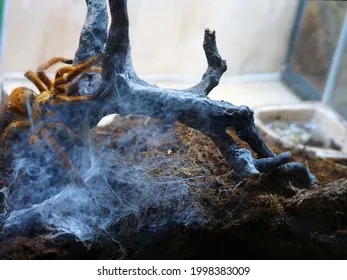
When choosing the best first Old World tarantula, consider several factors to ensure a rewarding experience. Your experience level is a significant consideration; some species are more suitable for beginners, while others demand advanced knowledge. Research the temperament of each species and understand their defensive behaviors. Assess your ability to maintain the necessary temperature and humidity levels for the species’ needs. Evaluate your comfort level with handling, as some species are more prone to defensive bites. Consider the space you have available for an enclosure, as some species require larger habitats. By carefully evaluating these factors, you can make a well-informed decision and find a tarantula that perfectly suits your lifestyle and experience.
Temperament and Handling
Understanding the temperament of Old World tarantulas is essential for safe handling and a positive experience. Some species are known for their docile nature, while others are quick to defend themselves. Before acquiring any tarantula, research its typical behavior and defensive mechanisms. Avoid handling tarantulas unnecessarily, especially if they are known to be defensive. If handling is required (e.g., for enclosure maintenance), do so carefully, using tools like a soft brush to gently encourage movement. Always be mindful of their potential for speed and agility. A calm and respectful approach will reduce the risk of bites and ensure the well-being of both you and your tarantula. When deciding on the best first old world tarantula, consider the temperament of each species.
Venom Potency and Safety Precautions
The venom potency of Old World tarantulas can vary significantly between species. While rarely life-threatening to humans, bites from these tarantulas can be painful and cause localized symptoms such as muscle cramps, swelling, and intense pain. Understanding the potential effects of the venom is crucial for safety. Always exercise extreme caution when handling Old World tarantulas, and never underestimate their defensive capabilities. Keep children and pets away from enclosures to prevent accidental exposure. If bitten, seek medical attention immediately and provide as much information about the tarantula species as possible to help with treatment. Having a basic understanding of the venom, as well as practicing safe handling techniques, will help you to be a responsible pet owner.
Enclosure Setup and Maintenance
Setting up the correct enclosure is essential for the health and well-being of your Old World tarantula. The size of the enclosure should accommodate the tarantula’s adult size and arboreal or terrestrial habits. For example, arboreal species need tall enclosures, while terrestrial species benefit from a wider base. The substrate should be appropriate for maintaining humidity and allowing the tarantula to burrow or create webs. Provide hides, such as cork bark or artificial plants, to offer security and a place to retreat. Maintain a consistent temperature and humidity level appropriate for the species. Regularly clean the enclosure, removing uneaten food and replacing the water dish. A well-maintained enclosure reduces stress on the tarantula and promotes a healthy environment.
Feeding and Diet
A proper diet is vital for your Old World tarantula’s growth and health. These tarantulas are primarily insectivores, and their diet should consist of appropriately sized insects such as crickets, roaches, mealworms, or superworms. The size of the prey should be no larger than the tarantula’s body size. Feeding frequency depends on the tarantula’s age and growth rate; juveniles typically eat more often than adults. Provide fresh, clean water in a shallow dish at all times. Avoid overfeeding, as this can lead to obesity. Monitor the tarantula’s condition and adjust its feeding schedule as needed. A well-balanced diet ensures your tarantula receives the necessary nutrients and contributes to its overall health.
Conclusion The Best Old World Tarantulas
Choosing the best Old World tarantula is a decision that should be made with careful consideration and thorough research. This guide has provided an overview of some of the top Old World tarantulas, including their unique characteristics, care requirements, and potential challenges. Understanding the specific needs of each species, as well as your ability to meet them, is key to a successful and rewarding experience. While some species may be more suitable for beginners, others will be more appropriate for experienced keepers. By prioritizing safety, providing proper care, and respecting these fascinating creatures, you can enjoy the unique beauty and behavior of Old World tarantulas. Before you bring an Old World tarantula home, take the time to learn as much as possible and prepare for the responsibility. With the right knowledge and dedication, you can create a thriving habitat for your amazing arachnid companion and enjoy the unique rewards of tarantula ownership.
